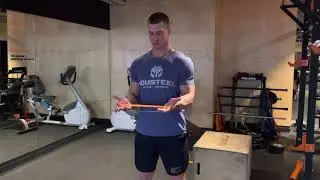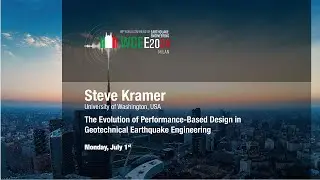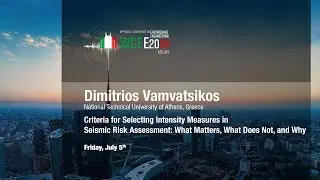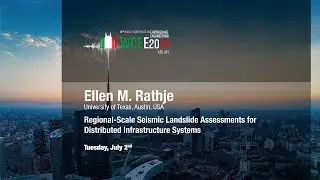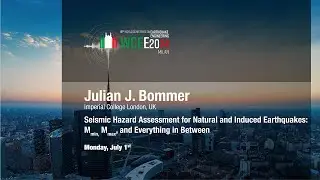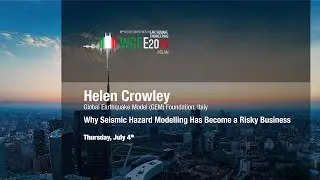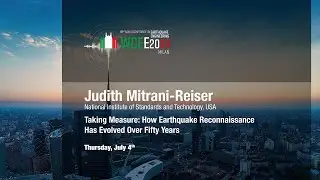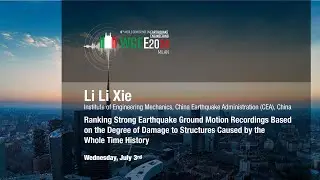Dimitrios Vamvatsikos: Criteria for Selecting Intensity Measures in Seismic Risk Assessment
KEYNOTE LECTURES
Dimitrios Vamvatsikos: Criteria for Selecting Intensity Measures in Seismic Risk Assessment: What Matters, What Does Not, and Why
Friday, July 5th MiCo Auditorium
Abstract:
One universal truth pervades human existence: When it comes to cooking, grandma knows best. It does not matter if you come from Italy, Greece, Mexico, East Texas, or Japan. Your nonna, giagia, abuella, meemaw, or obaasan always has and always will know best. When even michelin star chefs cannot disagree with this, why not bring such expertise into earthquake engineering, especially the thorny issue of selecting intensity measures for seismic fragility, vulnerability, and risk assessment? Take italian cooking, for example, where the importance of La Nonna picking the supreme tomatoes for pizza margherita, pasta arrabiata, or simply an insalata caprese, cannot be understated. Why settle for lesser standards when facing the (arguably) equally critical decision of selecting an intensity measure for assessing single structures, infrastructure networks, asset portfolios, or nuclear power plants, aiming to capture damage and loss in structural and non-structural components alike? One can opt for criteria like proficiency, correlation, or even the venerable sufficiency. But Nonna knows that it is not about a tomato's size, shape, or lustre. It is only about the taste. Let us confront this mallard issue to realize what Grandma knew all along Selecting an efficient (low-variability, high-taste) intensity measure with good seismological support is the way to go.
Bio:
Dimitrios was born in Nea Ionia Volou, Greece in 1974. Having an intense interest in math and physics he enrolled in NTU Athens and graduated with a Diploma in Civil Engineering (1997) and a desire to broaden his horizons. He then moved to California and Stanford University where he studied geomechanics (MSc 1998), probabilistic methods, hazard estimation and seismic performance of structures (PhD 2002). After graduating, he participated in various research projects in Greece, ranging from modal identification and Bayesian model updating for bridges to modeling older reinforced concrete buildings. In September 2005, he was appointed at the University of Cyprus as a Lecturer teaching the design of steel structures and earthquake engineering. Since January 2011, he has joined the faculty of the Metal Structures Laboratory at the National Technical University of Athens, specialising in the static and dynamic analysis of steel structures. His research vision is focused on integrating structural modelling, computational techniques, probabilistic concepts and experimental results into a coherent framework for the performance evaluation of structures. Specifically, he is highly interested in estimating seismic hazard, modeling, analysing and designing steel and monumental structures, nonlinear static and dynamic analysis of structures, seismic performance of buildings and bridges, and the associated influence of uncertainties. The underlying ambition is to integrate elements of such procedures into future codes and design practices.
-------
Abbie B. Liel 00:06
Dimitrios Vamvatsikos 02:57
-------
https://www.wcee2024.it




